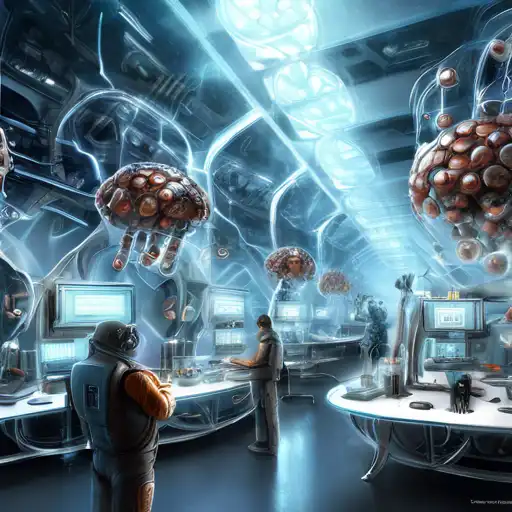Introduction to Nanotechnology
Nanotechnology, the science of the incredibly small, is making a monumental impact across various industries. By manipulating matter at the atomic and molecular level, scientists and engineers are creating materials and devices with remarkable properties and functions. This article explores the vast potential of nanotechnology and its current applications that are shaping the future.
The Science Behind Nanotechnology
At its core, nanotechnology involves the study and application of extremely small things, typically less than 100 nanometers in size. To put this into perspective, a single sheet of paper is about 100,000 nanometers thick. This field combines principles from physics, chemistry, biology, and engineering to innovate at the nanoscale.
Current Applications of Nanotechnology
Nanotechnology is already transforming numerous sectors. Here are some of the most impactful applications:
- Medicine: Targeted drug delivery systems that attack cancer cells without harming healthy tissue.
- Electronics: Smaller, faster, and more energy-efficient chips and devices.
- Energy: Improved solar panels and batteries for cleaner, more efficient energy storage and conversion.
- Environment: Nanofilters that remove pollutants from water and air at a molecular level.
The Future of Nanotechnology
The potential of nanotechnology is boundless. Researchers are exploring ways to use nanobots for repairing damaged tissues, creating self-healing materials, and even building structures atom by atom. The convergence of nanotechnology with other fields like artificial intelligence and biotechnology promises to unlock even more revolutionary advancements.
Challenges and Ethical Considerations
Despite its promise, nanotechnology faces challenges, including high production costs, potential health risks, and ethical concerns about privacy and security. Addressing these issues is crucial for the responsible development and deployment of nanotech innovations.
Conclusion
Nanotechnology is not just about making things smaller; it's about reimagining what's possible. As we continue to explore the nanoscale, we open the door to solutions for some of the world's most pressing problems. The journey of nanotechnology from the lab to real-world applications is a testament to human ingenuity and the endless pursuit of progress.
